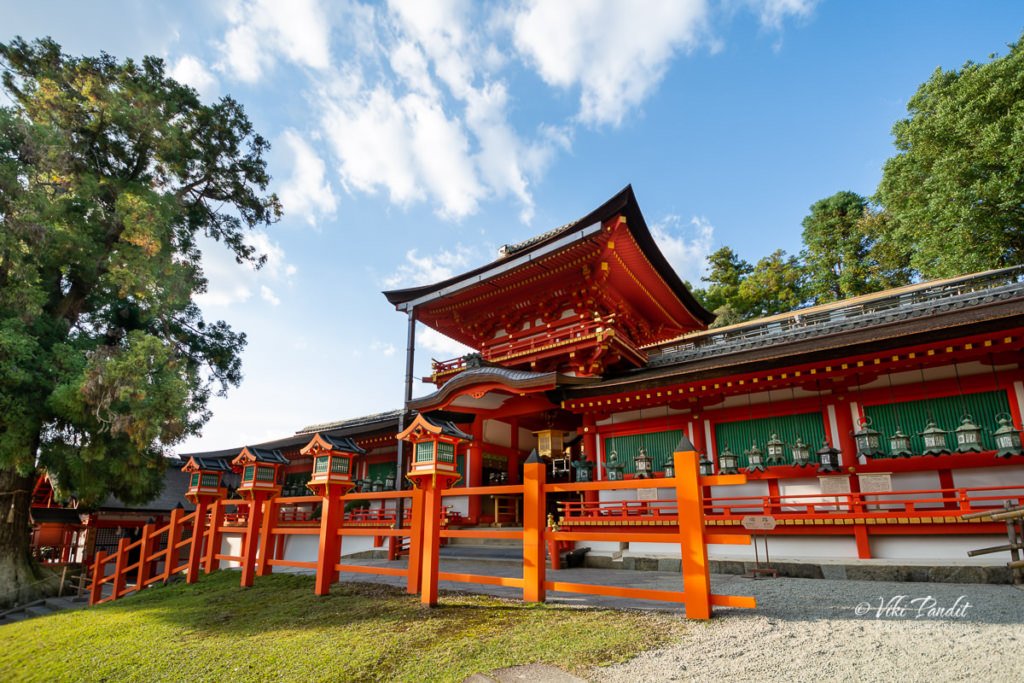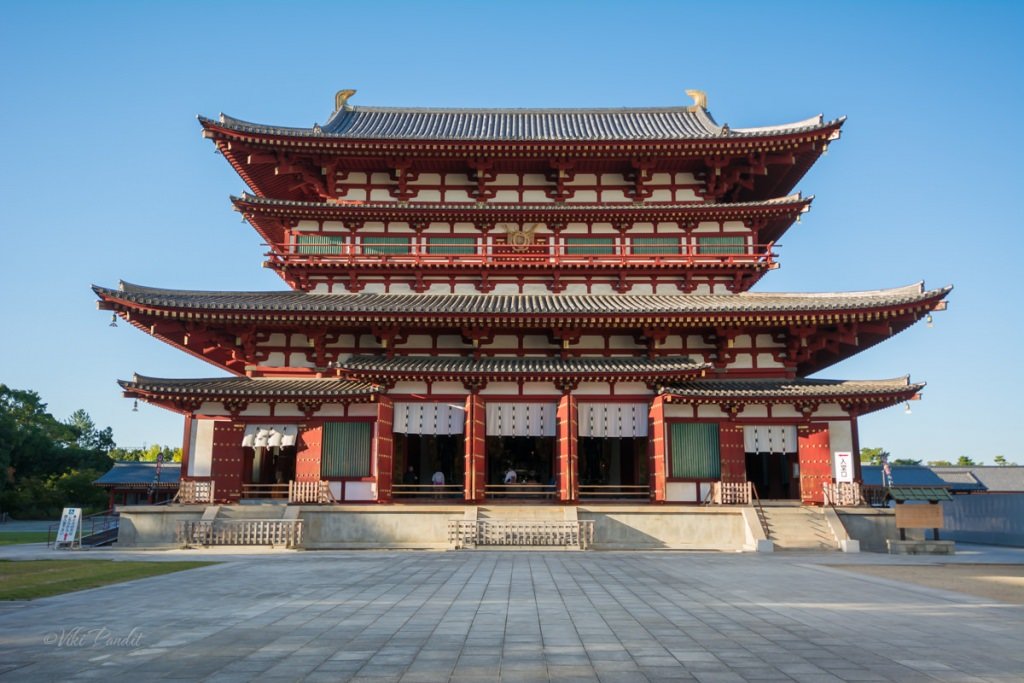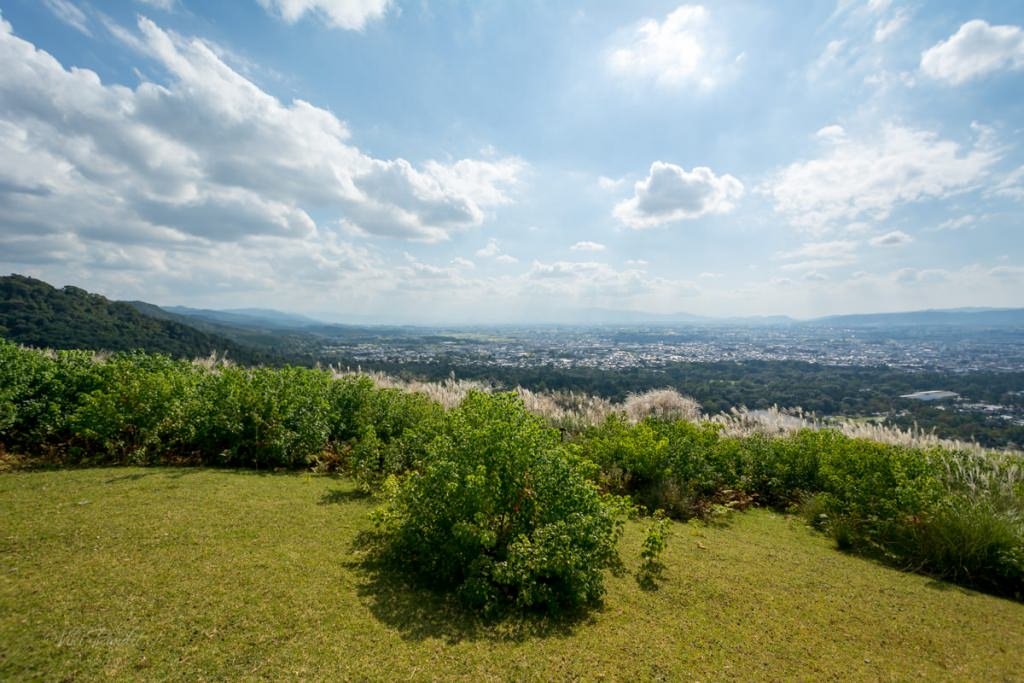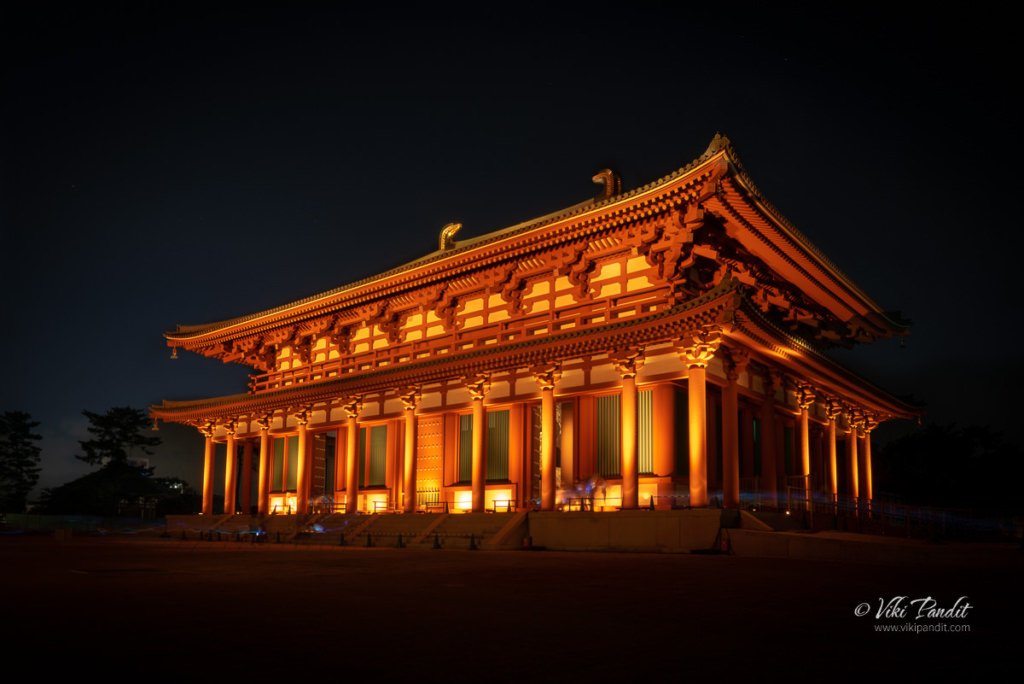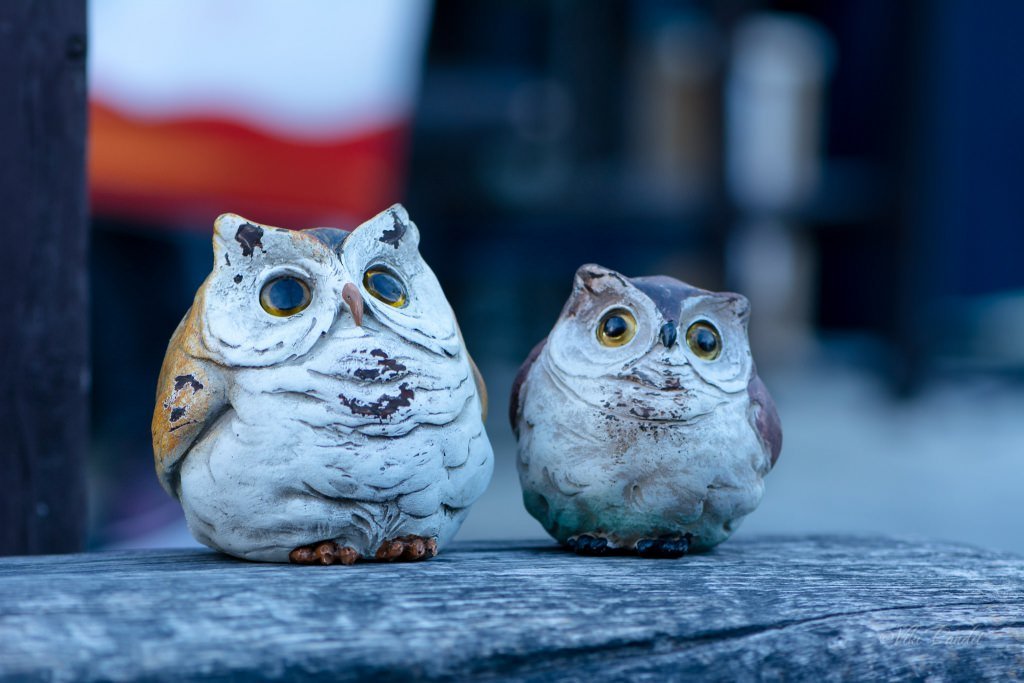

The Fukuro Connection
On my walks, I came across several shops selling cute little owl figurines. The Japanese owl or “Fukuro” represents lucky charms for both fortune and protection. Many houses in Nara share this veneration of owls and have them placed near the entrance to ward off suffering.



